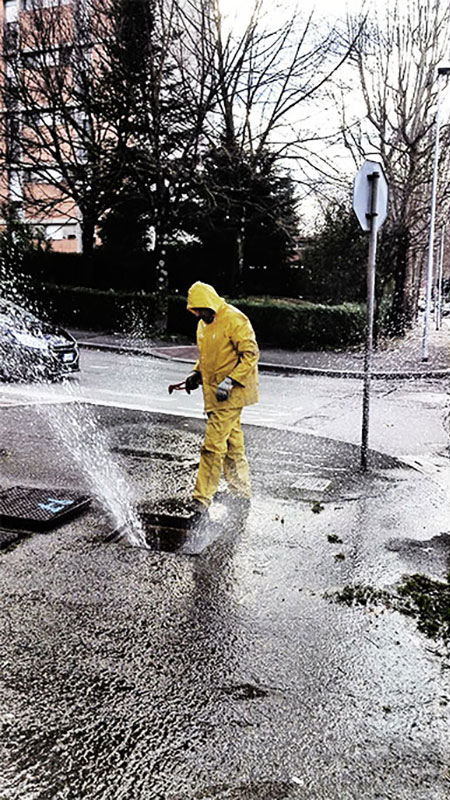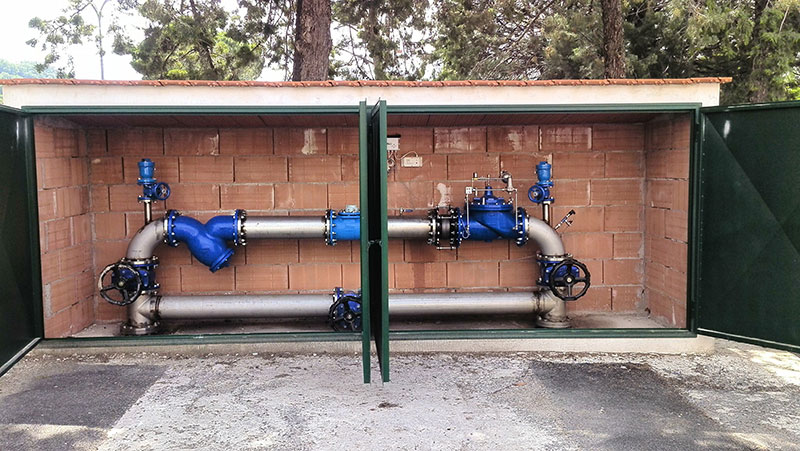The Optimization of Water Supply Networks
HYPER STP, temporarily cooperating in team with other Companies, has been recently awarded all the services related to the districtualization, analysis and water leakage detection of about 1800 km of the ACEA ATO 2 water networks, half of which are placed in Rome area.
Surveys and measurements of Hyper on site
One of the main fields of interest for HYPER STP is the optimization of water supply networks. Public Administrations are particularly interested to the theme: they have to face the onerous problem of water losses,as well as Water Companies’ interest has increased as a consequence of the ARERA Approval n.917/2017/R/idr.
HYPER STPhas been engaged in this field for years by developingnumerical models and designing District Metered Areas in water distribution systems, as well as through theinstrumental/electro-acoustic water leakage detection.
Between 2016 and 2018, HYPER STP was involved in the water system efficiency project of the Municipalities of Terni and Orvieto. Terni water system supplies 111.000 peopleand it has an extension of about 600 km, while the water system of Orvietosupplies approximately 21.000 people and it extends for more than 80 km. The project started with a preliminary checkof the water supply network (extracted from the Corporate GIS),which was integrated by a topographic survey.
Afterwards, a long monitoring campaign of flow and pressure data was conducted, aimed at achieving a better knowledge of the real functioning of the water system, as well as at collecting the necessary data for calibrating the mathematical model of the network.A numerical model of the water distribution system of both Terni and Orvieto was built and calibrated with the collected field data. This contributed to a fulldefinition and design of the District Metered Areas/Pressure Metered Zones (DMA/PMZ) among the networks. In particular,10 DMA/PMZ were defined for Terni water system and 12 DMA/PMZ for the Orvieto water system. Each DMA/PMZ was equipped with flow and pressure meters, each directly connected to the Company (SII) General Monitoring System.
During the building of the physical DMA in both water distribution systems, a water leakagedetection campaign was conducted, by distributing mobile noise loggers all around the network and tracing the leak by leak noise correlators and geophones.
Starting from now on, thedistrictualization of the water distribution systems, will bethe main instruments to be used for an efficient management of the water supply, together with the numerical models, delivered to the Contracting Authority at the end of the service.
After the above mentioned experience in the water supply networks optimization, HYPER’s commitmentin this topic has grown.
The Editorial staff

Nicoletta Sadun

Sara Basile

Giovanna Padellaro

Marco Biagiotti






